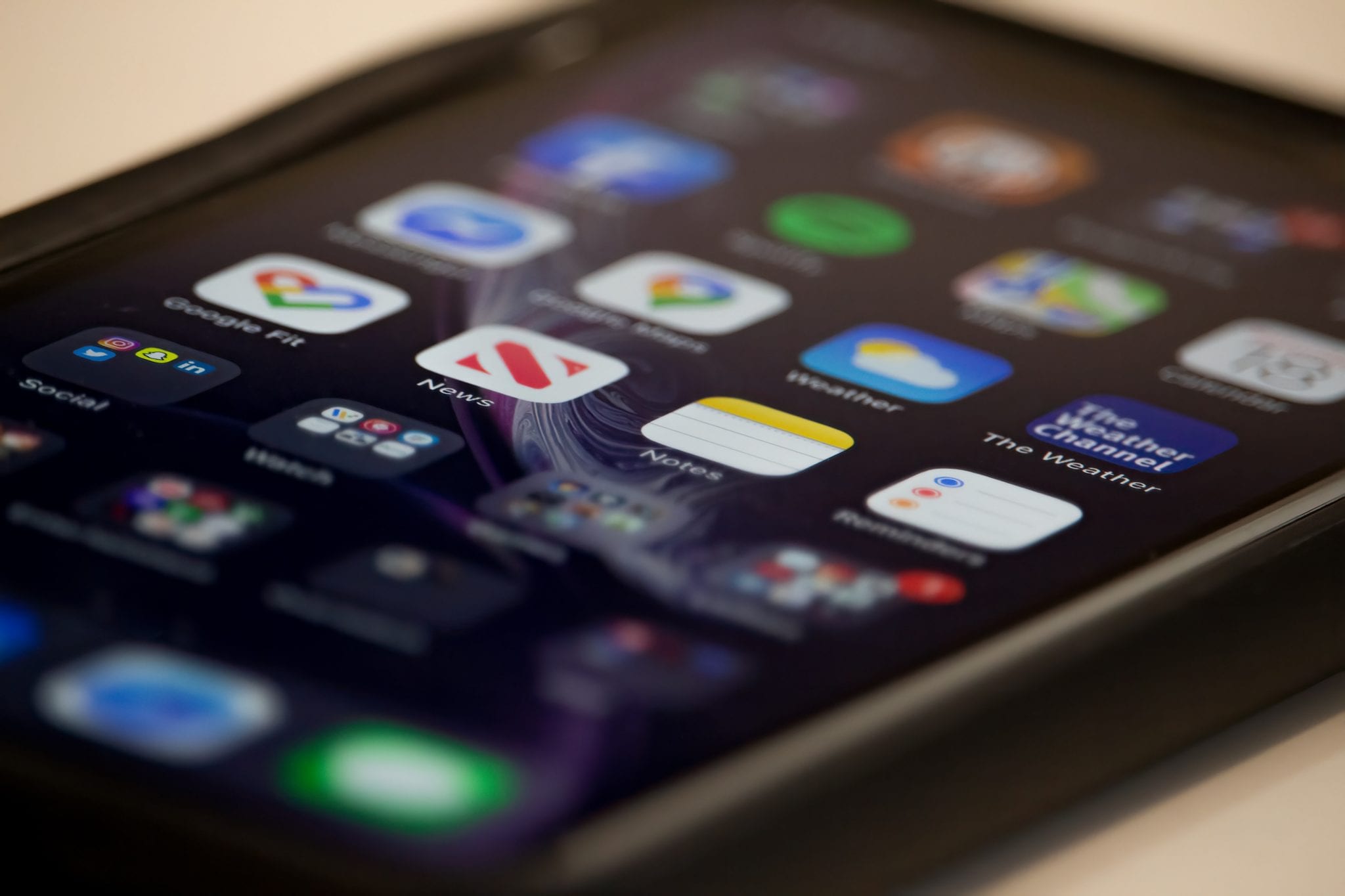The upcoming vacation that you have set on your Calendar may be the most exciting thing you have planned for the near future. If you’re dreaming of a blissfully relaxing retreat from your everyday life, then you need to find a way to unplug completely. The constant connection to your electronics invites unwelcome work complications while you are supposed to be enjoying your vacation. If you genuinely have trouble disconnecting from your regular responsibilities, here are 15 ways to unplug entirely on vacation.
Ways to unplug completely on vacation.
Although it can be challenging to unplug on vacation completely, it is not impossible. You can make the disconnect a reality by working to unplug yourself completely. You may also need to know how to work and schedule from different time zones. Here are our best tips to create an unplugged vacation.
1. Plan.
Unplugging on vacation starts before you leave the office. In the days and weeks leading up to your vacation, you need to anticipate what potential problems or events could distract you from your vacation. Try to get ahead on any big projects. If there are pressing deadlines while you will be away, then make sure complete those tasks before you take off. It helps to plan many weeks or months in advance and get your team cooperation to complete your assignments for you while you’re gone. Then, you will return the favor while they are out of town or on vacation.
2. Put vacation on your Calendar.
Make sure to add your vacation days to your schedule. It is essential that your coworkers are aware that you are on vacation. Hopefully, they will be respectful of the fact that you are on vacation. Most people will not bother you if they know you are out on vacation, especially if they have had several weeks warning.
When you add the vacation days to your Calendar, you may be to prevent any critical meetings from being scheduled while you are away. Although it’s possible that you will miss some meetings, everyone will know that you won’t be there ahead of time. The information you provide will keep any expectations about your attendance in check.
3. Consider your work schedule.
Many of us would prefer to plan our vacations without a second thought about working. However, considering your work responsibilities can help to reduce the need to check into work while on vacation. Put in some extra time so that you know exactly what is going on with your work, your team, and all projects coming up. If you have given a lot of notice, people are usually willing to help. Don’t wait until the last minute.
Choose to go on vacation at a slow time for work. If you know that work will be busier during a specific period, then try to plan your vacation for after the main company rush. Also take a look at personal schedules, such as extended family responsibilities.
4. Take shorter vacations.
If you cannot leave work for an interruption-free vacation for two whole weeks, then consider taking shorter trips. If you can get away for an interruption-free week, then it may be worth the shorter trip. We have a few people at work that take every Friday off for five weeks each year, and then take one week of time off. Using this schedule of time-off works well for them and from a team member perspective — they are heroes.
5. Let people know.
In addition to adding the vacation time to your Calendar, you should also reach out to some coworkers directly. Of course, you will have to tell your boss. Also, tell coworkers that you work with regularly to expect no interaction for the time your plan to be away. Make a list early of precisely who you need to let know about your vacation. Sometimes you will be surprised who makes it onto the list.
6. Turn off notifications.
It can be tempting to check your inbox every time you hear the ding from your phone. The simplest way to avoid the temptation to check notices is by turning off all notifications related to work. You can even put all work-related apps into an “off limits” folder on your phone. Putting the apps in a place that requires extra effort to find may help to stop your habit from checking your inbox every couple of minutes automatically.
7. Resist the urge to purchase wifi.
Throughout your travels, you will encounter areas that have minimal wifi. When in this situation, you have the option to seek out a coffee shop with reasonably fast wifi or pay for wifi through your hotel or phone service provider. Wandering around to find wifi on vacation wastes time that could be spent enjoying your destination. Paying for wifi abroad can be extremely expensive and may not worth the cost. I’ve found the price worth skipping the aggravation.
Avoid options and choose to be disconnected. If you cannot be reached, then you are more likely to enjoy your new surroundings. Be sure to set all of your devices to “out of town,” and the dates that you will not be available. Most importantly also have the exact date and time when you will be back on your outgoing auto message
8. “Accidentally” forget your charger.
This “accident strategy” is semi-sleazy, but, if you have coworkers that won’t, or cannot leave you alone, then consider “accidentally” forgetting your charger. I call it, “the option of last resort.” Man-up — Woman-up — say, “no.” Nowadays coworkers will usually not bother you about things that could wait until you return. Sometimes people will not take the hint; just understand that if a coworker will not take the hint — that is your problem — not theirs.
If you have a phone designated just for work, then another option is to leave your work phone at home.
9. Use an app to limit your phone usage.
There are many apps available that you can limit your phone usage through. The basic idea of each app is that you set a time limit for the amount of time you can be on your phone. Once you hit that limit, you will be reminded that you have hit the limit through a notification or it will lock your phone.
10. Make it fun.
If you are traveling with a group that has a similar phone addiction, then consider stacking your phones. The game is to place your phones in the middle of the table at dinner. Whoever picks up their phone first loses. The competition will encourage you to avoid looking at your phone for extended periods. Also, having a traveling companion answer your phone, saying, “Hello, Howie’s secretary,” will generally get a hang-up that you are happy about. Your “secretary” or “assistant” can also say that you are busy and on vacation.
11. Limit your check-ins.
Some of us can get stressed out by not checking out work emails. It’s tough to break the connection to the office, but don’t let it ruin your vacation. Instead, set up specific times that you can check-in each day. Schedule your check-in’s for after work hours so that you do not get caught up in an email chain all day — or night.
12. Be realistic about your disconnect.
Although unplugging entirely from your office is a great goal, that is not possible for everyone. Understand the expectations set by your company before you go on vacation. If you are required to be at least somewhat accessible, especially if you are the head on a project, then honor that requirement. You should not lose your job over the need to disconnect — but understand and be fully aware of all possibilities. If losing your job is part of the equation, plan accordingly, and make provisions.
13. Set up an automatic reply.
Create an automated response for emails that make it to your inbox. The immediate information that you will be out of the office is great for colleagues to know. Most will be respectful of your vacation time and leave the questions until you get back. You can also make your calendar available to everyone so that they can begin scheduling their appointments on your calendar for when you return.
14. Download travel information.
Many of our travel plans are conveniently saved in our emails. However, each time you check your travel plans, it can be tempting to check the rest of your inbox. Download your travel information to an accessible place — like your calendar.
15. Enjoy your vacation.
The best way to unplug is to plan a vacation that demands your full attention. For example, if you are hiking through the Grand Canyon, it is highly unlikely you won’t be tempted to check your phone. Make plans that include your favorite activities. It is much easier to avoid your electronics if you are genuinely engaged in your vacation.
Final thoughts
Vacation should be a time of enjoyment without the constant pull of your office responsibilities. If you struggle to disconnect yourself, then try these tricks. Enjoy the unplugged feeling on your next vacation.
15 Ways to Unplug Completely on Vacation was originally published on Calendar by John Hall










